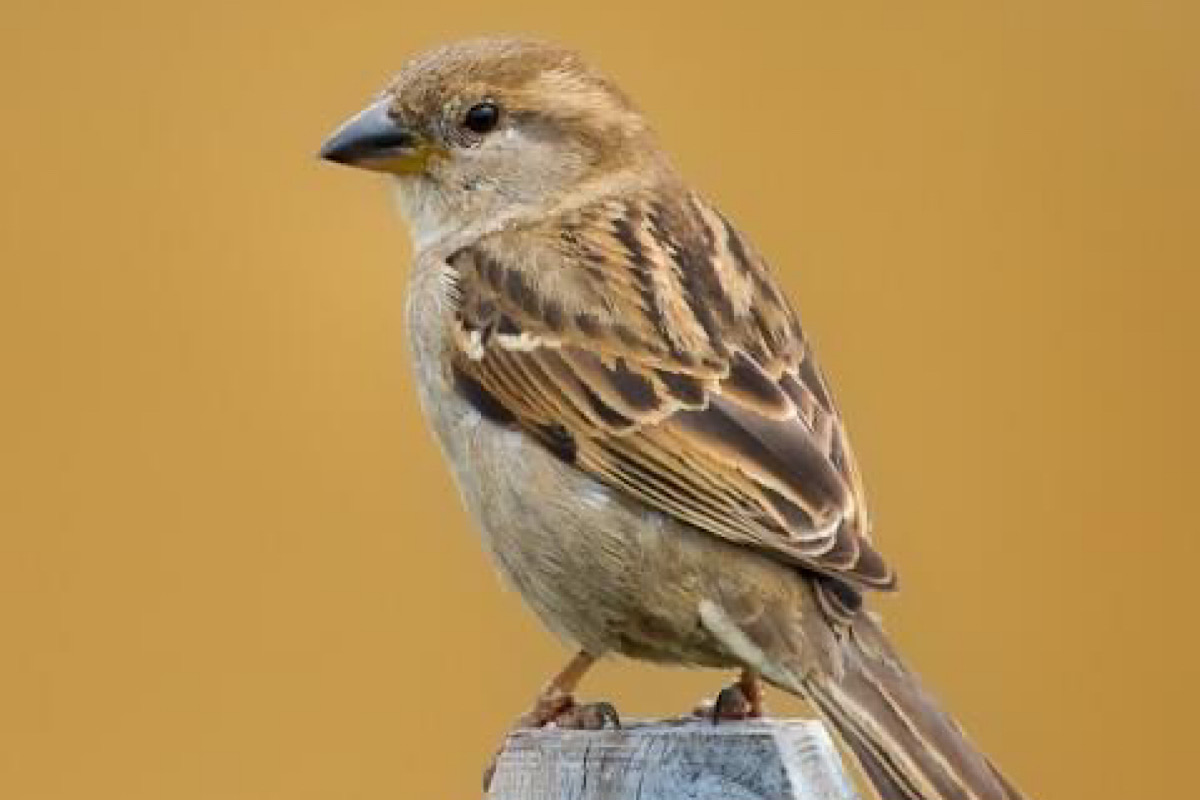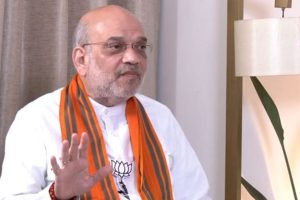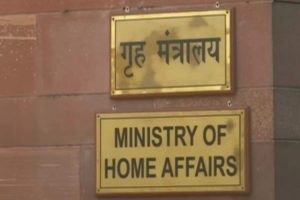In the bustling urban landscapes of our modern cities, the chirps of sparrows and caws of crows were once ubiquitous. These birds, once abundant and easily visible, have now become elusive spectres, their numbers dwindling as human actions take a toll on their existence.
The decline of these avian inhabitants finds its roots in a complex web of interconnected factors, chief among them being the loss and alteration of their habitats. As cities burgeon and green spaces recede, birds lose their nesting sanctuaries and vital food sources.
Moreover, the proliferation of wires and cables in urban areas has become a deadly trap for many avian species. Birds like sparrows and crows often find themselves injured and electrocuted on these wires. The congested spaces between buildings, coupled with the intricate network of wires, create perilous conditions that birds must navigate daily, often with tragic consequences.
Furthermore, modern architectural trends, characterised by glass-and-concrete edifices, offer little respite for house sparrows. Biplab Modak, a leading researcher and professor at SKBU (Sidho Kanho Birsha University), notes, “The modern glass-and-concrete vertical structures are hardly conducive for house sparrow habitats.”
The decline in crow populations, as much as 60 per cent, according to some birdwatchers and ornithologists, underscores the severity of this issue, as per a report by a leading print media house.
Chemicals and waste products contaminate water sources that birds rely on for drinking and bathing, further jeopardising their health. Additionally, the rampant use of pesticides and insecticides in agriculture poses a grave threat to bird populations. These chemicals not only decimate insect prey crucial for bird diets but also poison the birds directly, leading to the thinning of eggshells and fatal consequences for the chicks.
Conservation efforts are crucial to reversing this trend and ensuring the survival of these iconic avian species. Creating bird-friendly habitats in urban areas, installing birdhouses, and providing food and water sources can go a long way towards supporting bird populations. Reducing pollution through sustainable practices and organic farming are essential steps towards safeguarding the health of birds and their habitats.
The plight of urban crows, a species deeply intertwined with human society, mirrors this broader narrative of decline. Professor Greenough from the University of Iowa, studying the dwindling crow populations in India, highlights various factors contributing to their disappearance, including mechanical trauma from vehicles and electromagnetic radiation from mobile phone towers.
The narrative extends to sparrows, once common visitors to older-style grocery stores, pecking at grains like bajra. However, with the decline of such traditional spaces and the rise of modern landscaping trends favouring non-native plants, sparrows and other birds face a loss of habitat and food sources. The disappearance of hedges and natural cavities for nesting further exacerbates their challenges.
In unravelling the mystery of disappearing urban birds, we confront not just a loss of biodiversity but a reflection of our own impact on the delicate balance of nature. As cities evolve, it’s imperative that we harmonise progress with conservation, lest we witness the silent flight of these avian companions fade into oblivion.
The writer is an environment enthusiast and an animal welfare activist, and is the Founder of Kaloms Ideas Welfare Foundation. She is also a chartered accountant.











